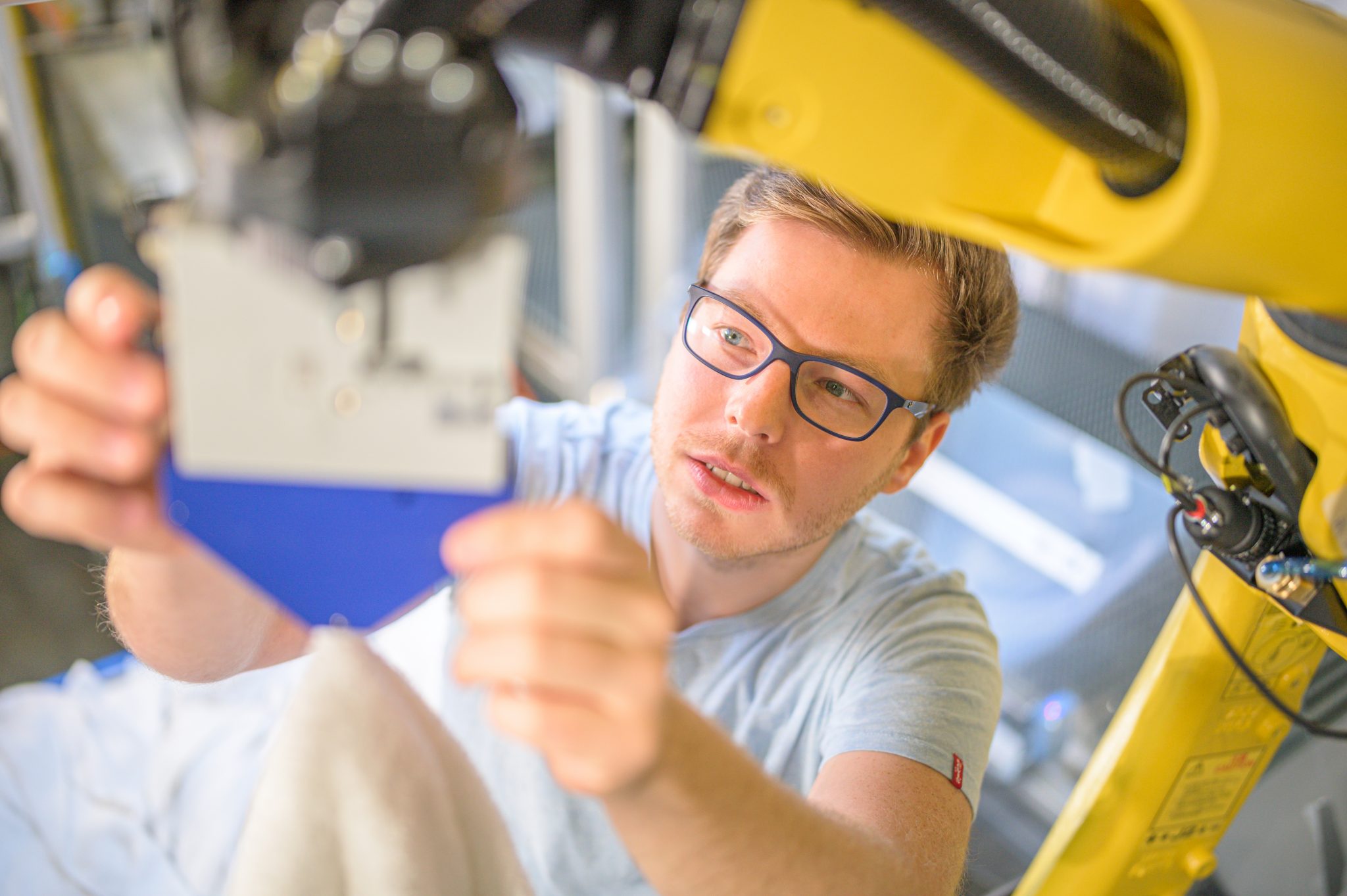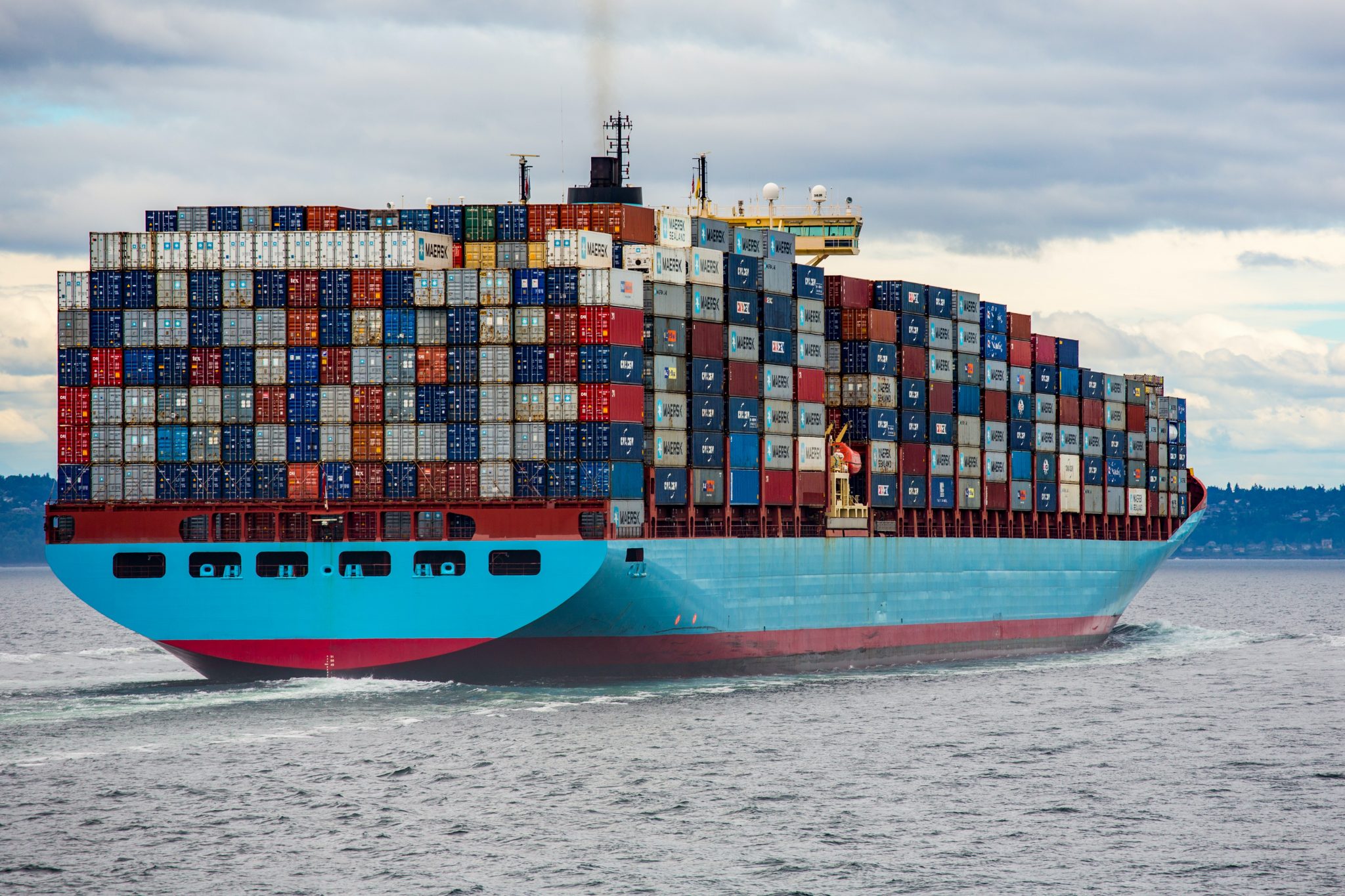
Several events of the last few years have made it obvious that global supply chains are not as reliable as once thought. From the pandemic to political brawls between economic powers and most recently the war in Ukraine, there have been plenty of reasons for companies to rethink their manufacturing processes. A potential solution is “Reshoring” (also “Backshoring” or “Nearshoring”). Let’s look at what it means and how it can benefit the entire world.
What is Reshoring?
„Reshoring“ is the counter-measure to offshoring and describes the process of companies relocating their production back or closer to their market, thus shortening supply chains significantly.
What Are the Benefits of Reshoring?
Not only does Reshoring stabilize supply chains and reduces economical risk, it also saves significant amounts of CO2 and other pollution caused by global industrial transport. Considering the need to act quickly to prevent the most dangerous climate change scenarios, companies might also want to prioritize these aspects instead of just looking optimizing for short-term cost. In the 2022 Kearney Reshoring Index, 92% of the surveyed executives expressed positive sentiments on Reshoring.

What Are the Prerequisites for Successful Reshoring?
There are voices that suggest Reshoring is an illusion due to the fact that the workforce is too expensive and too scarce at potential manufacturing locations in Europe or the US, meaning it is only an option for processes that can be easily and cheaply automated. At the moment, this is only the case for few processes.
While we here at sewts agree with this point in general, it of course ceases to be an illusion as soon as there is a broad and cost-efficient possibility to automate not only some, but the majority of industrial processes. The most important gap in automation right now is the handling of easily deformable materials, the exact challenge we are tackling at sewts. We expect to be the enabler for many Reshoring efforts in the coming years.
In addition, a core challenge will be providing the training for people to work alongside and with robots. This can be covered in school and apprenticeships as well as vocational upskilling for professional.
Glocalisation Instead of Globalisation?
But what does this mean for our world? Are we going to leave our global mindset behind? Hard to say, but we don’t think so. It’s more likely that we become a “glocalised” world – businesses will operate worldwide, but produce locally thanks to automation and adjust their production to what different markets demand. There will be no need for a one-size-fits-all solution.